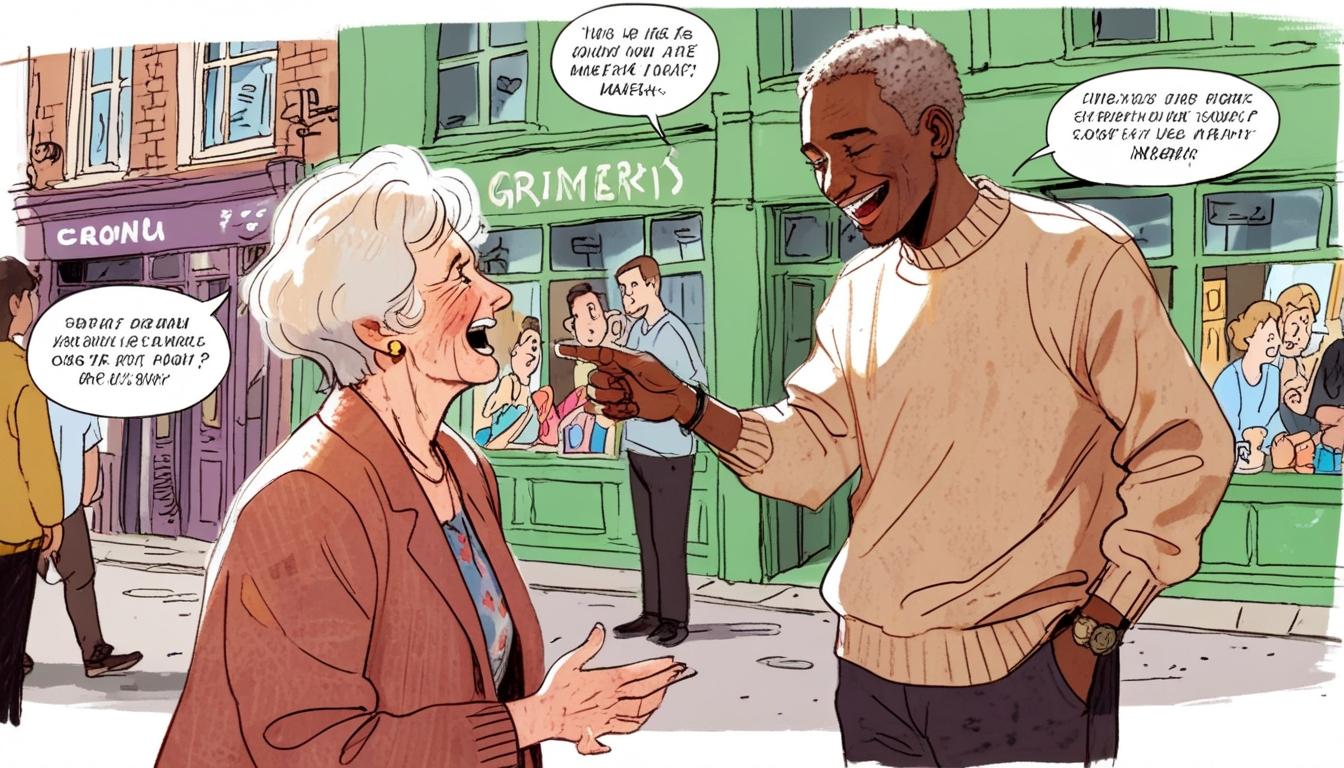Chris Taylor and the vibrant content creator known as Grime Gran, or Margie when off camera, recently took to the streets of London to delve into a cheeky exploration of the nicknames that Brits employ for their body parts. As they engaged with the public, a delightful array of terms emerged, from "footsies" to "trotters," shedding light on the playful linguistic creativity prevalent in everyday conversations.
This light-hearted inquiry aligns with recent research conducted by Sure Whole Body Deodorant, which revealed that approximately 40% of the British population experiences embarrassment regarding body odours, extending beyond the common concern of underarm smells. This discomfort often fosters a desire for humour as a coping mechanism. The results of the study suggest that while many view these affectionate monikers as purely humorous—nearly half of respondents—30% admitted to using them to alleviate their self-consciousness, with a further 10% noting that these nicknames help manage awkward feelings surrounding body image.
Among the terms highlighted, “tummy” emerged as a favourite, used by 40% of those surveyed, while the term “food baby”—a lighthearted way to refer to a post-meal expansion—was noted by 14%. Interestingly, geographical divides in terminology were evident; those in southern England frequently referred to their feet as "footsies" (30%), whilst people from the north opted for the more traditional “trotters” (25%).
Chris Taylor reflected on the need for such whimsical language, stating, "I've been in my fair share of sweaty situations – and it definitely helps to break the tension by using a nickname.” His remarks highlight a shared human experience: the recognition that many grapple with feelings of embarrassment regarding body freshness. This connection through shared language not only serves to lighten the mood but also fosters a sense of community among those experiencing similar insecurities.
In a broader context, the rich tapestry of British slang reveals an ongoing embrace of whimsy and creativity when discussing anatomy. Noteworthy examples include “pistons” for legs and “moneymaker” for buttocks, terms that seem to dance on the edge of the absurd, as noted in humorous critiques of slang. Such phrases often convey a sense of exaggerated self-love, offering both charm and a touch of irony.
Interestingly, historical and regional variations in names also enrich the discussion. Insights from various sources reveal a multitude of old and delightful slang terms, such as “peerie-winkie” for little fingers and “phiz” for faces. The regional diversity is particularly fascinating; for instance, Scots might use “capernoity” to refer to the head, showcasing the distinct local flavours embedded in British vernacular.
Engaging with these nicknames speaks volumes about societal attitudes towards language, bodies, and the often humorous lens through which we navigate feelings of vulnerability. Whether for fun, comfort, or to deflect awkwardness, these colloquial terms are more than just words; they are reflections of cultural identity and the communal nature of our physical existence.
Ultimately, the playful exploration conducted by Chris and Grime Gran serves to remind us how language can dissolve insecurity, illuminating the lighter side of our shared human experiences.
Reference Map:
- Paragraphs 1-2: Source [1]
- Paragraphs 3-4: Source [2]
- Paragraph 5: Source [3]
- Paragraph 6: Source [4]
- Paragraph 7: Source [5]
- Paragraph 8: Source [6]
- Paragraph 9: Source [7]
Source: Noah Wire Services
